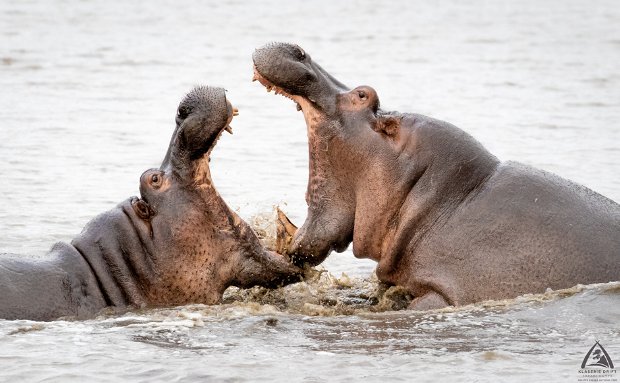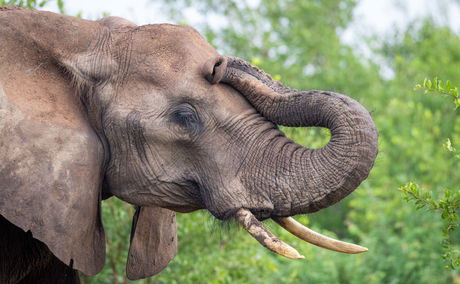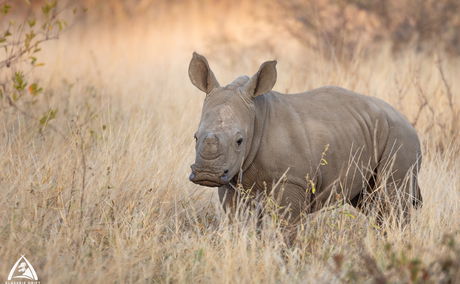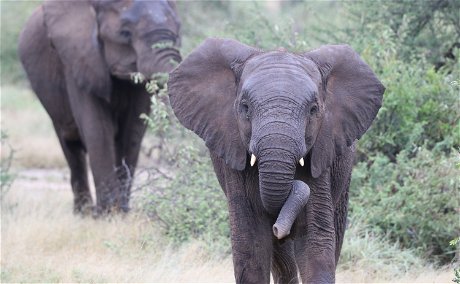Elephants are some of the most iconic animals on the planet, and encountering them on safari is always a powerful moment. But beyond their size and presence lies a world of incredible adaptations that help them thrive in their environment. From their trunks to their toes, every part of an elephant has evolved to serve a specific purpose—and the results are nothing short of remarkable. Here are five fascinating facts about elephant...
Territorial warfare - a clash of hippos

What happens when two enormous hippo bulls decide there's only enough room for one? Read on to find out more about this incredible sighting!
Renowned for being one of the most dangerous animals in Africa, it comes as a surprise to many that the hippopotamus is usually a fairly placid creature. Naming amicable whales and playful porpoises amongst their closest living relatives, hippos most often spend their daylight hours sedately resting in a dam or river. At night, once the harsh African sun has dipped below the horizon, they venture onto land to graze along well-trodden routes.
This strange nocturnal behaviour came about as the cooler temperatures after dark are kinder on their rubber-like skin. In a throwback to their ancestors, a hippo’s skin dehydrates quickly and is unable to sweat. Instead, it secretes a reddish substance from large pores which acts as a sunscreen and skin ointment and has led to fables of hippos being able to “sweat blood”.

At Klaserie Drift Safari Camps we are fortunate to be situated close to a resident raft of hippo in a local dam. It is always a favourite coffee stop to watch them serenely bob up and down on the water’s surface and give off the occasional high-pitched snort. Seeing them so peaceful like that, you would be forgiven for mistaking them as completely harmless.
Occasionally, however, something disturbs the hippo’s watery home and unleashes the beast beneath. Hippos are notoriously protective of their territory, with males laying claim to any females that reside in their aqueous abode. Any sexually mature males are quickly cast out by the dominant bull, with violent clashes often ending in horrific injuries for the loser. Sparring intensifies further in the dry season, as pools begin to shrink and these water-dwelling giants are forced closer and closer together.

On one such occasion this winter, we arrived at the dam anticipating a moment to stretch our legs and enjoy the tranquil stillness of nature. What transpired was something entirely different. At first it was an eerie sort of quiet; the hippos were all submerged deep underwater and even the birds weren’t singing their morning ballads. All of a sudden, two gigantic heads launched out of the water and thrashed themselves together mere metres from our vehicle! In that moment, the sheer vastness of their 1,500kg bodies armoured with 50cm long tusks became blatantly apparent.

Splashing, grunting and heaving with all their might, the two bulls flung themselves in the air, their mouths agape, attempting to shove or bite the other into submission. Clearly, this was a case of territorial warfare. For an hour or more, we watched completely enthralled as they charged together again and again, tracking their course around the entire dam. The deafening roar-like grunts and snorts elevated the mood into a new level of intensity that alarmed even the other hippos in the water. A few females, and even a youngster, attempted to get involved by side-charging the challenger - a classic female tactic that contrasts to the males’ head-on approach. But nothing deterred these two behemoths from their mission. Neither was willing to submit to the other.
Finally, as the morning sun crept higher in the sky and with no end in sight to this incredible spectacle, we tore ourselves away. Elated and invigorated at our good fortune, our smiles lasted all the way back to camp and into breakfast. A phenomenal morning shared with one of Africa’s iconic giants.
Further Reading
Perhaps more than any other animal, the prehistoric-looking rhinoceros has become a beacon for the plight to save Africa’s endangered wildlife. But how well do you really know these iconic animals? Let’s dive in to some fun facts and fictions on rhinos. (Or, head to the bottom to read more about rhino conservation!)
Ever wondered about all that safari lingo? Don't get your trunk in a twist! From who are the Big Five (and why) to what they're called in the local language - here's our guide to naming the Big Five.








Share This Post